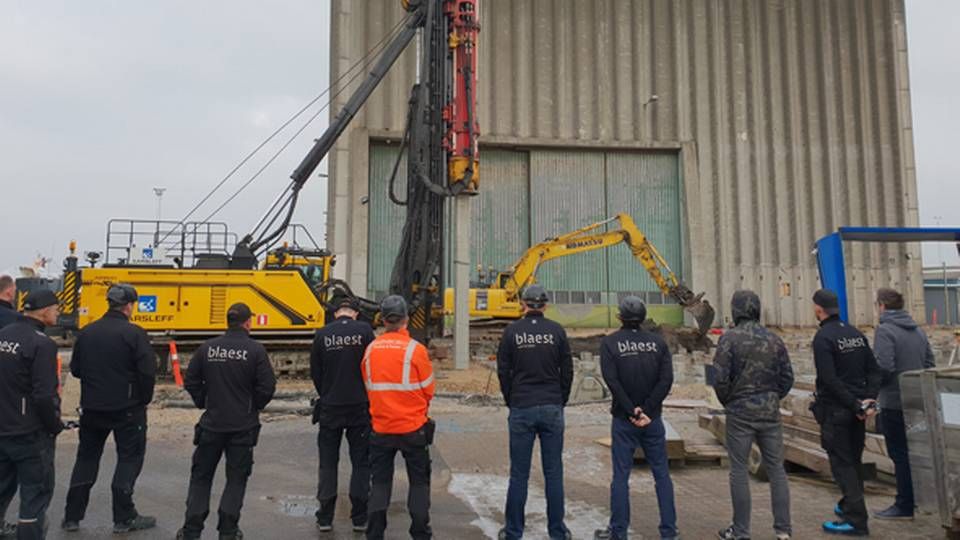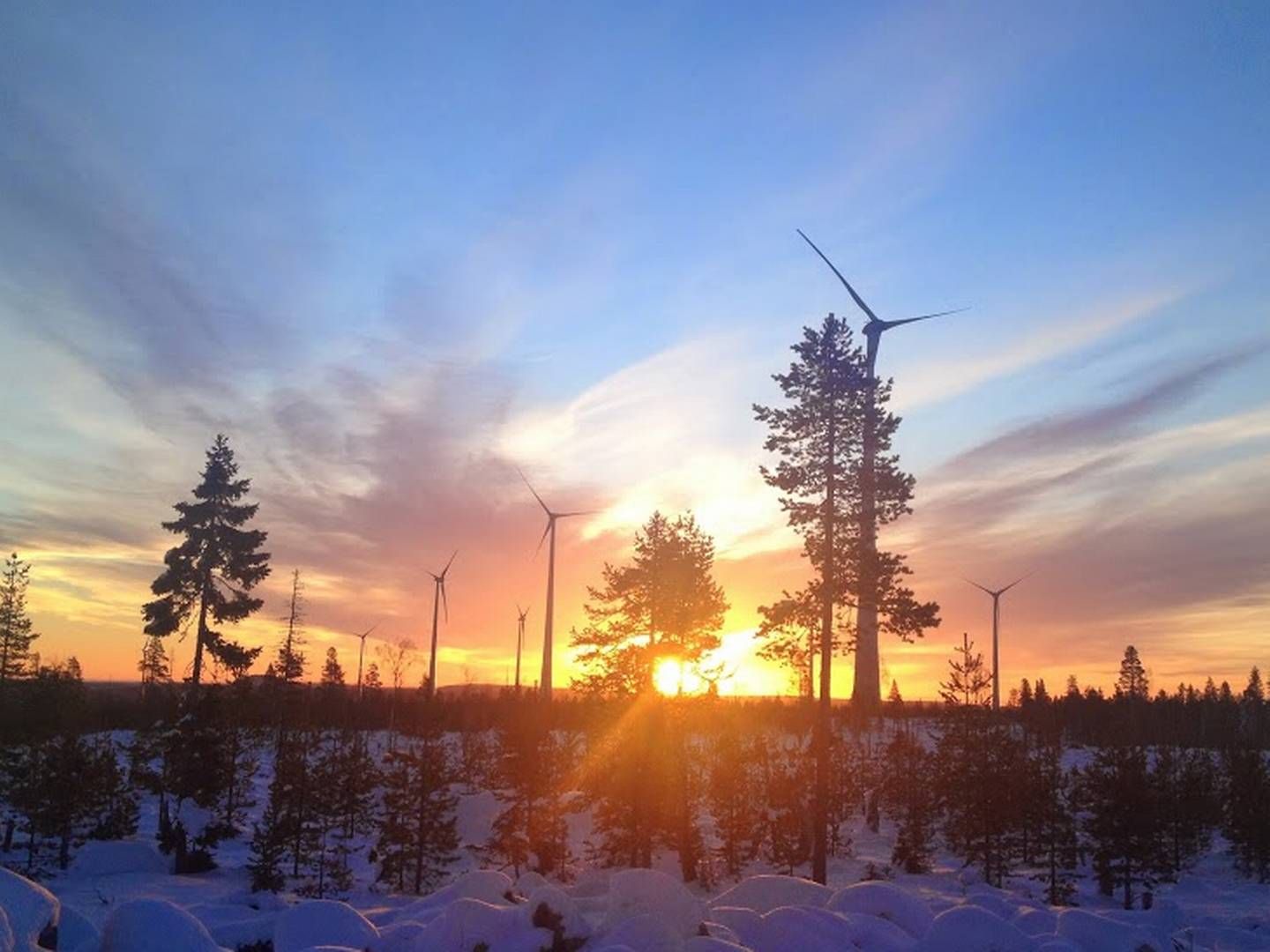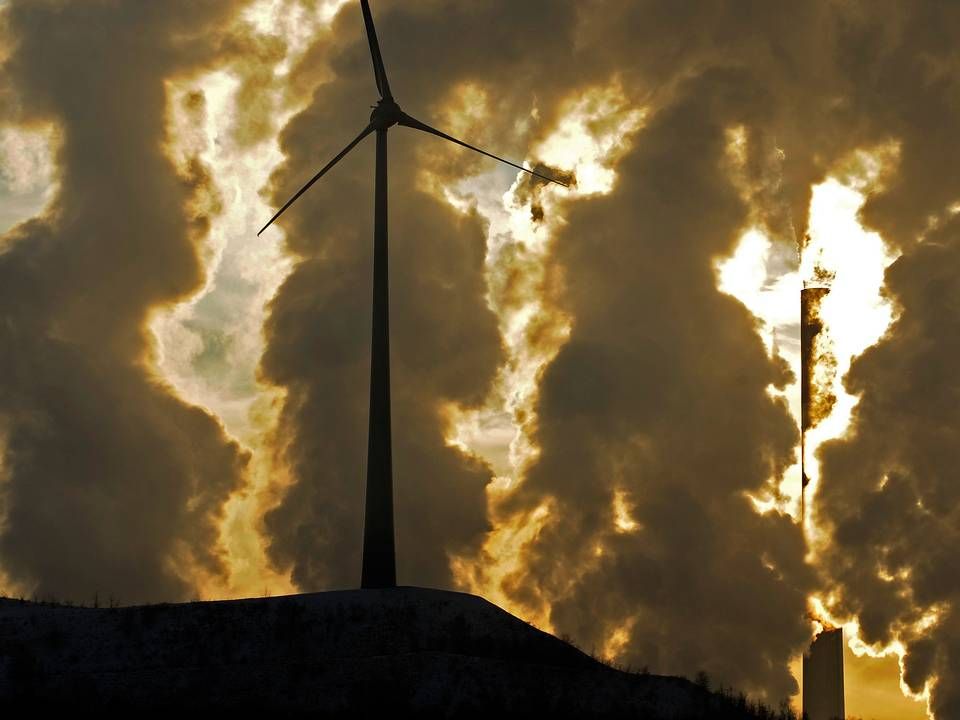A turbine blade test center spreads its wings

Blade Test Centre, locally known as "Blæst", will be able to test blades up to 120 meters from its location near the Port of Aalborg. Therefore, the company and the port have begun to expand the testing space by 25 meters.
The company last expanded its facility five years ago. However, development on the blade market is so strong that a lot can happen in a few years, says Erik Steen Jensen, CEO of Blæst.
"Blades will be longer. And one can say that this it is remarkable that we didn't predict this five years ago, but the development is moving fast. We are thus expanding again. There is a lot of discussion about how long the blades could end up becoming, but most agree that they will end up over 100 meters," he says.
The expansion means that Blæst will henceforth be able to test wind turbine blades at length of over 100 meters – all the up to 120 meters. Already today, blades over 100 meters are produced, far from the 88.4 meter blade LM 88.4P which the center fabricated three years ago and which at the time marked the world's longest tested blade.
Busy period
Blæst maintains ambitions to count among the global elite and, as a company, it notes increasing activity within the MW class of turbines used for offshore wind. The test center focuses on countries around the North Sea, US and Asia.
The company gives a cautious forecast in terms of how long the new expansion is expected to hold before there is further expansion. This is not the time for long-term solutions in the blade industry, it says.
"This expansion will hold for at least five years. That is a decent estimate. This is not because it will be too small, but because we expect we will see something new which requires even more space," says Steen Jensen.
The competition on the market means a lot. We are fortunately favored by the fact that there is sub-capacity in the market, so we are really busy. But we have the challenge that most of our foreign competitors are state sponsored," says the CEO.
Critical to secure external funding
The coming expansion of the center should be in place by Sept. 1, when a "very large blade" will be tested, according to a press release from Blæst. More concretely, the expansion involves installing a powerful, two-meter thick reinforced concrete floor which will be able to withstand the pressure of the large blades when they are tested.
Blæst is currently evaluating whether the company can receive funding for a more advanced testing setup, which can better tilt and rotate the blades. The project is estimated to cost DKK 15 - 25 million to realize. The direct expects grants from the outside if it is to be possible.
"It is likely critical, because this is a huge investment. Therefore this is something we are currently looking at, and there are different possibilities. There are both state subsidy programs, which are obvious, and then there is the question of local opportunities. That is what we need to explore. But I believe, there are good possibilities."
"I sense an increasing understanding and willingness from the state regarding providing support to the industry, because doing so is simply necessary," he continues.
If the new expansion does not run beyond a handful of years, the public support would be all the more necessary if Blaest is going to be to continue testing some of the longest turbine blades in the world, assesses Jensen:
"If we are going take the next steps, then we're not talking an expansion, we're talking about an entirely new building. It will require something completely new. And this would be a huge investment of perhaps more than [DKK] 100 million. And we simply cannot manage that without public support. We wouldn't be able to compete," he says.
Blaest is presently testing the tensile strengths of between five and ten turbine blades per year, but looking forward, the company hopes to be able to conduct further blade tests from the Port of Aalborg.
Blaest is owned by the Technical University of Denmark (DTU), Force Technology and DNV GL.
English Edit: Lena Rutkowski & Daniel Frank Christensen
Related articles
Sweden's wind production braced to double by 2022
For subscribers
Vestas' sustainability factor fell in 2018
For subscribers



















.jpg&w=384&q=75)




